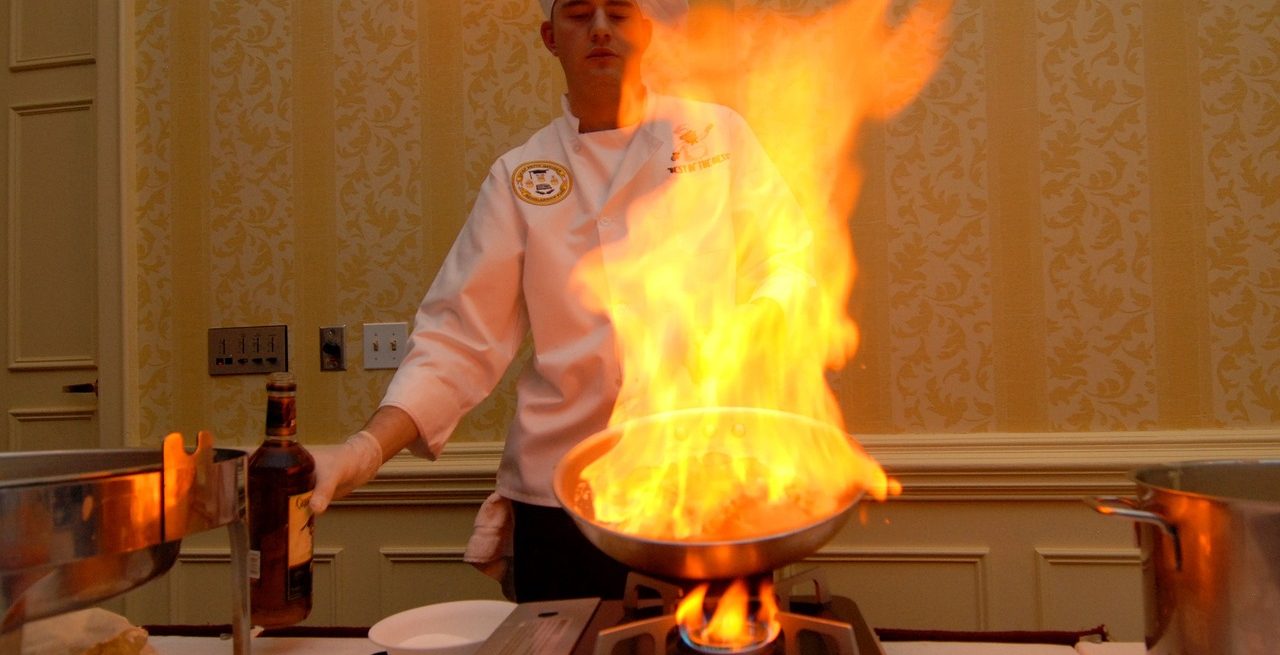Fire Prevention Tips for Restaurants
2 Min Read
Would you know what to do if a fire emergency occurred in your restaurant?
As a restaurant owner/operator or manager, it's your responsibility to be prepared if prevention falls short. Make sure your employees and assets are protected if a fire emergency occurs.
In 2015, more than 113,500 non-residential fires were reported, causing $3.1 billion worth of property damage. Prevention is always the goal, but what happens if those efforts fall short? Cintas Corporation is offering tips to promote awareness of how to minimize a fire’s impact in time for National Fire Prevention Week, Oct. 7-13,
Best practices include:
- Consider your facility’s risks. Examining the unique risks of a workplace is an important responsibility for any property manager or building owner. Assess your facility for items that may contribute to the risk of a fire, such as flammable liquids, electrical equipment or storage of combustible materials. Take note of specific hazards and make sure functional and up-to-date fire extinguishers and systems are in place to help minimize the impact of a fire.
- Regularly inspect fire extinguishers. Extinguishers can be the first line of defense against a fire, so it is important that facility managers properly test and inspect each unit in the building. Make sure each extinguisher is maintained annually per applicable manufacturer and code standards, and perform monthly inspections to help ensure each extinguisher will operate properly in the event of a fire.
- Conduct staff training. Nearly three in four American adults have never used a fire extinguisher. Conduct thorough, hands-on training with your team using extinguisher types and sizes commonly found in your facility to help prepare them for an emergency. Local fire protection service providers or fire departments may be able to assist with this training.
- Test emergency and exit lighting. Main power may be lost during a fire emergency, and more than one-third (34 percent) of U.S. workers would lack confidence in their ability to navigate their workplace safely in the event of a power outage. Regularly testing emergency and exit lighting can help make sure backup lighting functions correctly, allowing building occupants to navigate and exit buildings more easily during a fire.
- Examine sprinkler systems. According to the National Fire Protection Association, sprinklers were effective at controlling a fire in 96 percent of fires occurring from 2010 to 2014 in which they operated. A well-maintained and regularly tested sprinkler system can help suppress a fire, keeping it from spreading to other parts of the building and helping give building occupants the opportunity to exit the facility. When a system fails to operate during a fire, 65 percent of the time it's due to damaged components, shutoff by the property owner, or their failure to maintain the system.
- Inspect fire alarms. Functioning fire alarms help facility personnel to detect fires earlier and potentially minimize costly damage. Regular tests and inspections, along with integrated monitoring, can help make sure your equipment is functioning properly and get building occupants to safety quickly.
For more information, click here.

